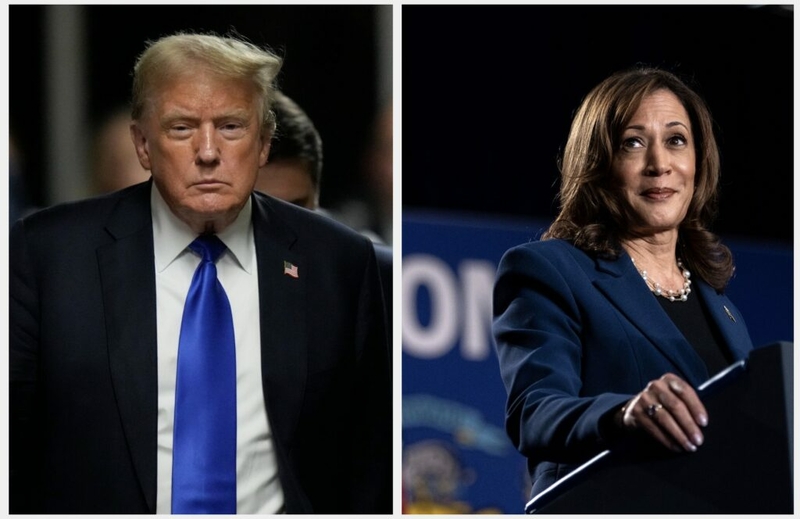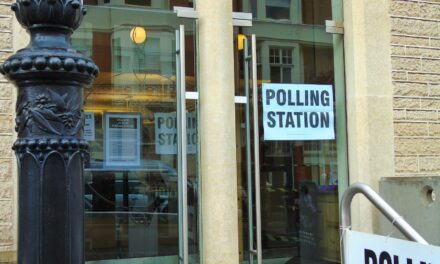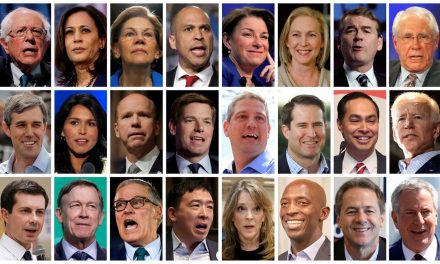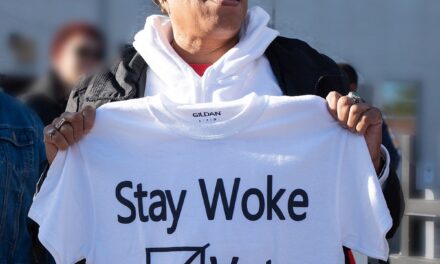It’s valuable to get a look under the hood of how polling outfits juice their survey data to make it look better for Donald Trump. According to Nate Cohn, pollsters recognize that they have historically underestimated Trump’s level of support, and they want some scientific-sounding way to add a little Trump pixie dust to their numbers as a way of guarding against making the same mistake again.
Two-thirds of them are opting for weighting their data with “the recall vote.” This isn’t a complicated mechanism. We know what the presidential vote was in 2020, both nationally and in every state. So, the idea is to weight your survey pool to make it match the percentages of Biden and Trump voters from 2020. Yes, there will be new voters in 2024, as well as voters who have died in the interim, and some 2020 voters will simply sit the current election out. But getting a baseline that matches the people who actually participated four years ago, gives you a good starting point for a representative sample. To obtain this, many pollsters ask survey respondents who they “recall” voting for in 2020 and then they make adjustments to their data.
If this worked as designed, it would produce an accurate measurement of how voters have changed their minds over the last four years. It would show how many 2020 Trump voters are planning to vote for someone else in 2024, and how many Biden voters are not planning to vote for Harris. The problem is a well-known phenomenon where fewer people recall voting for the loser of an election than the winner. That means the recall question doesn’t produce an accurate sample of the 2020 electorate because many of the people who voted for Trump don’t remember it that way, or at least aren’t willing to admit it. A lot of them wind up getting counted as 2020 Biden voters, and the resulting sample has more 2020 Trump voters than it should.
The suspicious thing here is that the pollsters know this. In fact, they’re relying on this inaccuracy to add a few points to Trump. It’s their way of accounting for their historic tendency to undercount or underweight Trump’s support. If this weighting tactic added points to Harris, they would not consider using it for a moment.
The upshot is that two-thirds of the presidential polls you see have added pixie dust for Trump. These pollsters pretend to be using a valid scientific method because it makes them feel better about themselves than if they just added pixie dust without the cover of some explanation. But let’s be honest. It would be just as valid to look at how much they’ve underestimated Trump in the past and simply adjust their polls by adding that percentage of support to him now. I’d argue that it would be more valid. It would introduce a coherent, measurable and direct variable rather than utilizing an unrelated and known flaw in their methods to reach a more arbitrary result.
But they’d essentially be admitting that they don’t trust themselves to come up with any polling result that doesn’t underestimate Trump. No matter what new weighting plan they come up with, they feel the need to add their historic miss on Trump’s support to the mix or they’ll undercount again. That’s exactly what “the recall vote” adjustment is doing, just in a dishonest way.
So, what does this recall adjustment mean for the polls we’re looking at right now?
For starters, because “recall-vote weighting mechanically forces polls toward the last election result,” the pollsters using it are more likely to show Harris, like Biden in 2020, with a larger popular vote than Electoral College lead. But we can also examine the impact on state polling. For example, here is what would have happened if “the recall vote” adjustment had been made to the most recent Times/Siena battleground state polls:
-
Pennsylvania: Harris +4 (without recall vote) —> Trump +1 (with recall vote)
-
Michigan: Harris +1 —> Trump +1
-
Wisconsin: Harris +2 —> Trump +1
-
North Carolina: Trump +3 —> Trump +6
-
Arizona: Trump +5 —> Trump +3
-
Georgia: Trump +4 —> Trump +6
As you can see, with the adjustment Trump wins the election, and Harris wins if it isn’t included. According to Cohn, another result of the Times/Siena polls not using the recall vote adjustment is that their results look more like the 2022 midterm elections than the 2020 presidential one. This manifests with a narrower popular vote lead for Harris “even as she holds a discernible edge in the Northern battlegrounds.”
Mentioning the 2022 midterms is interesting, because the polls badly overestimated how well the Republicans would do, predicting a “Red Wave” that never materialized. In fact, ever since the Dodds decision overturned Roe v. Wade, the polls have tended to underestimate the Democrats. A huge question for pollsters right now is whether this will continue or not with Trump on the ballot.
One thing we can take from this is that with two-thirds of pollsters adding pixie dust for Trump, the actual results aren’t as likely to skew unexpectedly in his direction. This is good news for Harris because it wouldn’t take much skew for her to lose.
The real questions are if the pixie dust is justified and if they’ve used the right amount. It could be that they’re undercounting Harris’s support, just as they’ve undercounted most Democrats’ support over the last two years.
The truth, this election is a toss-up, and you need to do something to help with whatever time and skills you have to add to the effort.







